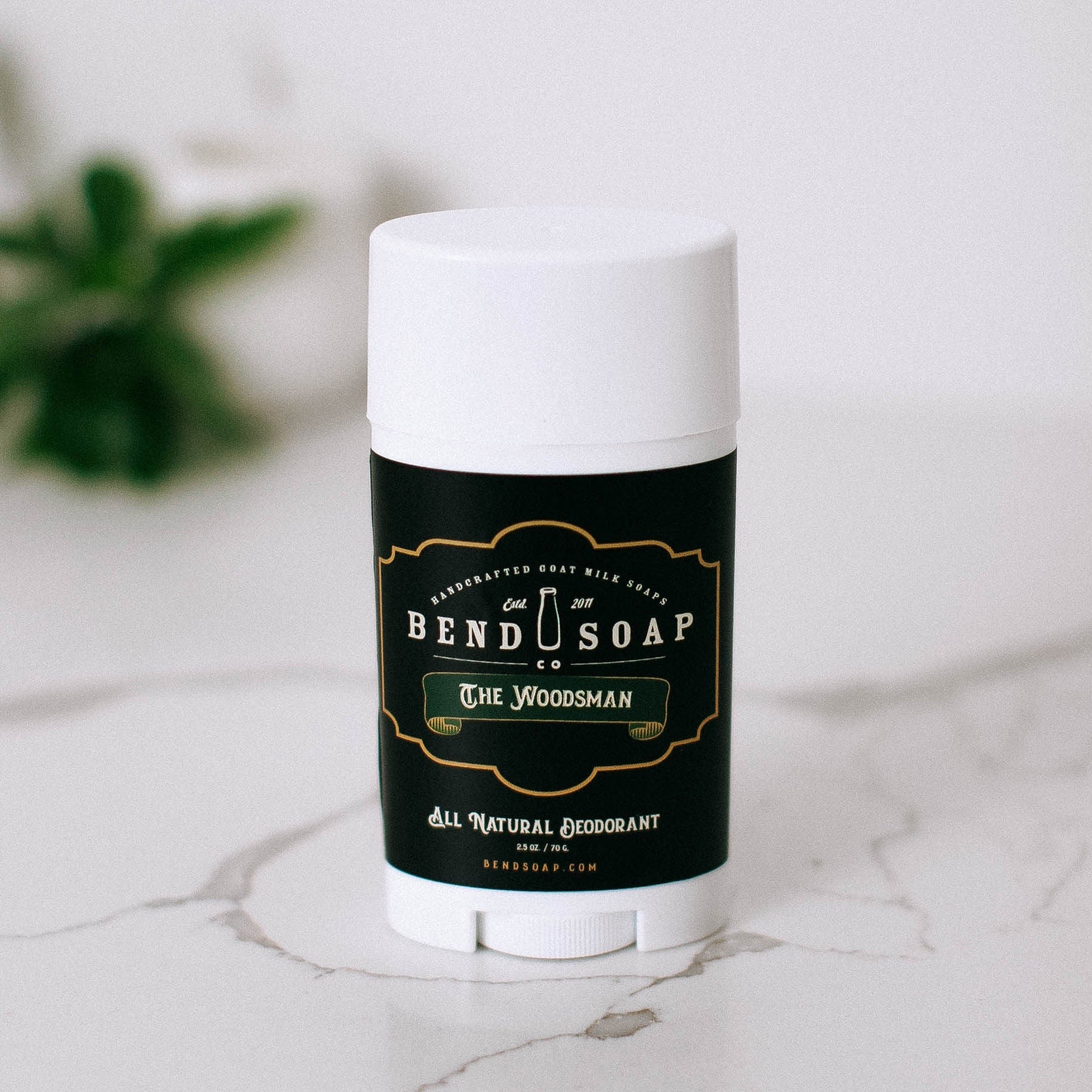
Safe & Fresh: Why Non-Toxic Deodorant is Worth It
For decades, deodorant has been a bathroom staple. We swipe it on every morning without a second thought, trusting it to keep us fresh and confident throughout the day. But over the last several years, consumers have grown more curious about what’s actually inside those sticks, sprays, and roll-ons. The result? A growing movement toward non-toxic deodorant—formulas designed to control odor without relying on potentially harmful chemicals.
This article explores what makes deodorant “non-toxic,” why it matters for your health and the environment, and how you can make the switch smoothly.
What Does “Non-Toxic” Mean in Deodorant?
The term non-toxic isn’t a regulated label, but in the personal care industry it generally refers to products made without harmful or questionable ingredients. In the case of deodorant, this often means avoiding:
- Aluminum compounds: Found in antiperspirants, aluminum salts block sweat ducts. Some studies suggest possible links to hormonal disruption, though research is ongoing.
- Parabens: Preservatives that can mimic estrogen in the body, raising concerns about hormone balance.
- Phthalates: Used to stabilize fragrances, they’ve been linked to reproductive and developmental issues.
- Artificial fragrances: These can trigger allergies, skin irritation, and even headaches in sensitive individuals.
Instead, non-toxic deodorants lean on plant-based ingredients, mineral powders, and natural scents to combat odor safely.
Why Consider the Switch?
1. Healthier for Your Body
Your underarms are home to lymph nodes and delicate skin. Applying potentially harmful chemicals daily to such an area has sparked valid concerns among health experts. While the science on aluminum and parabens is not definitive, many people prefer to take the precautionary route.
2. Better for Sensitive Skin
Traditional deodorants often contain alcohols, synthetic scents, or harsh preservatives that irritate sensitive skin. Non-toxic alternatives frequently use soothing bases like shea butter, coconut oil, or aloe vera, reducing the risk of rashes and redness.
3. Eco-Friendly Choice
Conventional deodorants often come in plastic packaging and may contain ingredients that harm waterways once washed off. Many non-toxic brands emphasize sustainability, offering recyclable or biodegradable packaging and responsibly sourced ingredients.
Common Ingredients in Non-Toxic Deodorants
Instead of harsh chemicals, these products rely on natural odor-fighting and moisture-absorbing agents:
- Baking soda: Neutralizes odor but may irritate very sensitive skin.
- Arrowroot powder or cornstarch: Absorb moisture naturally without clogging pores.
- Coconut oil: Provides antibacterial protection and moisturizes skin.
- Shea butter: A soothing, nourishing base.
- Essential oils (like lavender, tea tree, or citrus): Offer pleasant, natural scents while providing antimicrobial benefits.
Many brands also formulate baking soda–free versions for ultra-sensitive users.
Myths About Non-Toxic Deodorant
“They don’t work.”
Early versions sometimes fell short, but modern formulas are much more effective. Some require a short adjustment period while your body recalibrates to sweating naturally, but odor protection is reliable once you find the right match.
“You’ll sweat more.”
Non-toxic deodorants don’t stop perspiration since they aren’t antiperspirants. However, sweating is a natural detox process. Many users report that, over time, their sweat even begins to smell less intense once they switch.
“They’re too expensive.”
While often slightly pricier than drugstore options, non-toxic deodorants last longer thanks to concentrated formulas. Plus, many brands now offer affordable options in refillable or bulk packaging.
Tips for Transitioning to Non-Toxic Deodorant
- Be patient: Your body may need one to three weeks to adjust as sweat glands open up again.
- Stay hydrated: Water helps flush toxins and regulate body temperature, reducing odor naturally.
- Try detoxing your pits: Some people use clay masks on their underarms during the transition to help absorb impurities.
- Test different formulas: Every body is unique—what works for one person may not work for another. Try samples or travel sizes before committing.
- Reapply if needed: Some formulas benefit from a midday touch-up, especially in hot weather or during exercise.
How to Choose the Right Non-Toxic Deodorant
When shopping, look for:
- Ingredient transparency: Brands that list every ingredient clearly.
- Packaging sustainability: Compostable tubes, glass jars, or refillable containers.
- Skin compatibility: Baking soda–free for sensitive skin, or moisturizing bases for dry skin.
- Scent preferences: Choose natural scents you enjoy—or opt for unscented if you’re sensitive.
Reading reviews and experimenting with different brands is often the best way to discover your perfect match.
Popular Non-Toxic Deodorant Brands
Some well-regarded options include:
- Native – Widely available, offers both scented and unscented versions.
- Schmidt’s – Known for its strong odor protection and variety of scents.
- Tom’s of Maine – A long-time natural brand available in many stores.
- Meow Meow Tweet – Eco-friendly, vegan, and packaged in biodegradable tubes.
- Primally Pure – Luxurious textures and essential oil blends.
Each brand balances effectiveness, natural ingredients, and sustainability differently, so it’s worth exploring.
Final Thoughts
Switching to non-toxic deodorant is about more than just personal odor control—it’s a conscious choice for your health, your skin, and the environment. While it may take a little experimentation, the benefits often outweigh the minor inconveniences of the transition period. With so many brands innovating in this space, today’s non-toxic deodorants are just as effective as conventional ones—and often much more pleasant to use.
By making this small daily change, you’re not only treating your body kindly but also taking a step toward a cleaner, greener world.